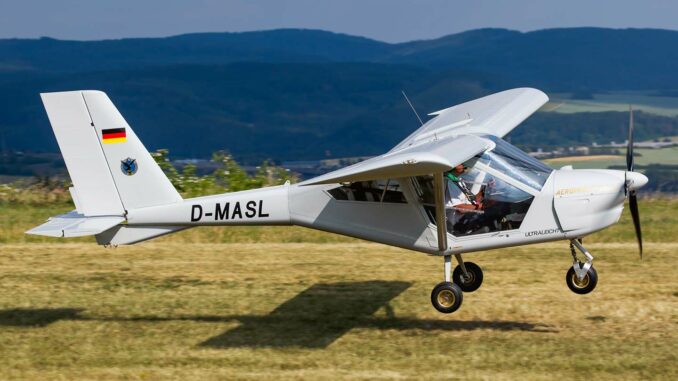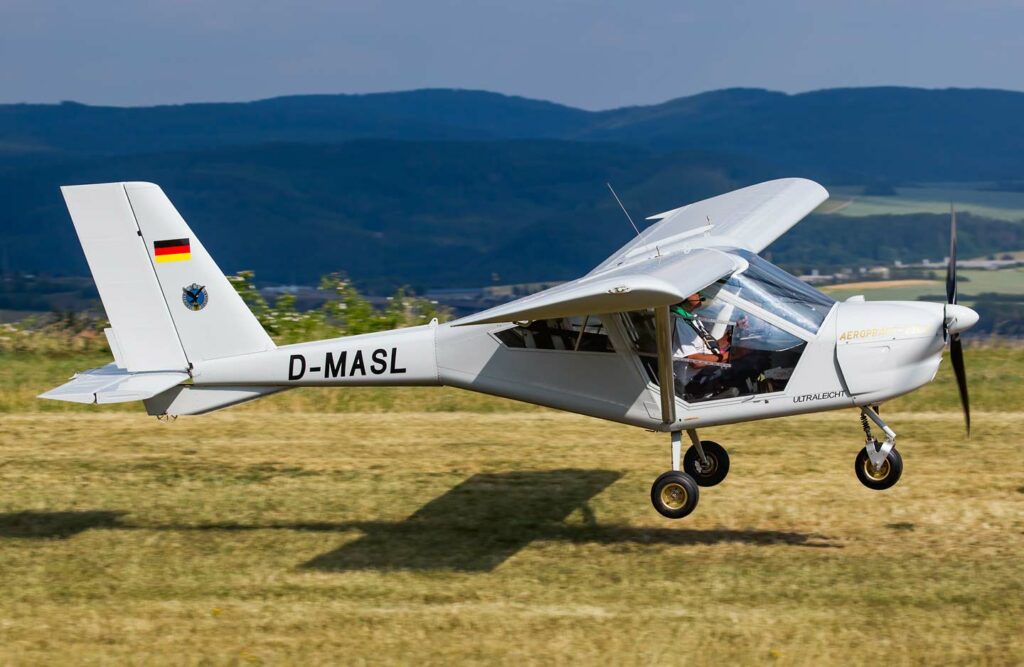
Analysis of Ukraine’s use of microlights converted into attack drones against targets in Russia, highlighting the technical and strategic impact and implications of these actions.
Ukrainian tactics
Ukraine has adapted ultralight aircraft to carry out long-range attacks on Russian territory, marking a notable evolution in its offensive strategy. Recently released images reveal the use of Ukrainian-made Aeroprakt A-22 Foxbat or A-32 Vixxen aircraft in strikes against buildings near a factory in Alabuga, Republic of Tatarstan, on April 2. The site is known to house production lines for the Iranian-developed Shahed-136 stray munition.

Scope and impact of the attacks
The attacks targeted two major sites some 1,200 km from the Ukrainian border, including an oil refinery in Nizhnekamsk, and the Alabuga plant. Although the Russian authorities claim to have neutralized the attack on the refinery using electronic warfare systems, the incident underlines Ukraine’s ability to extend its reach. The aircraft were reportedly equipped with technology from NATO countries.
Technical and strategic implications
The development by Ukrainian industry of longer-range drone systems to target Russian infrastructure beyond the front line suggests a desire to force Russia to redeploy its air defense systems. These actions raise questions about the effectiveness of Russian air defense, recalling the incident with Mathias Rust in 1987. The A-22 Foxbat and A-32 Vixxen, with respective ranges of over 926 km and 1,296 km, are ideally suited platforms for such strikes.
Ukrainian initiative
Ukraine’s innovative use of microlights in a conflict context demonstrates an adaptation and evolution in asymmetric warfare methods. Beyond their direct impact, these strikes have a symbolic and strategic significance, highlighting the vulnerability of key Russian sites and the Ukrainian determination to defend its territory and react to aggression.
War Wings Daily is an independant magazine.